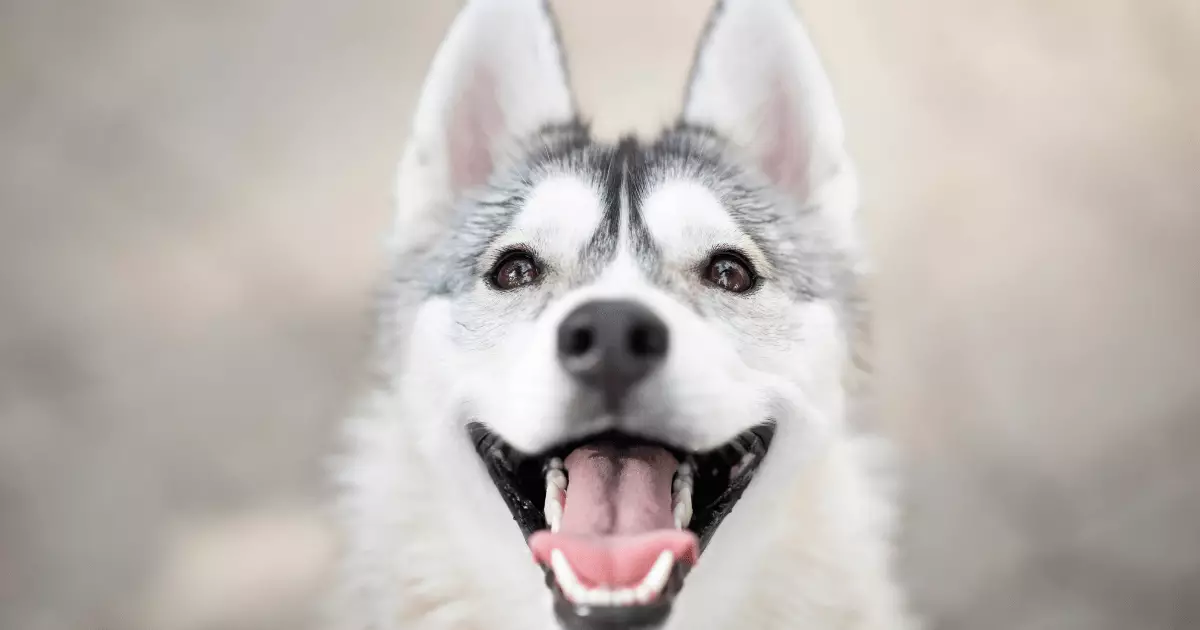As a first-time dog owner, you may find yourself inundated with questions that stem from the excitement of caring for a new canine companion. One of the most intriguing aspects of dog ownership is understanding your pup’s dental development. Just like human infants, puppies enter the world toothless and start teething around the 3 to 4-week mark. By the time they are about 3 to 5 months old, these tiny furballs will proudly display a set of 28 temporary teeth, known as milk teeth. However, it’s important to note that smaller breeds may experience variations in the timing of this developmental process, potentially making the wait a tad longer for their little chompers to emerge.
The Transition Phase: Losing Teeth
Transitioning from puppyhood to adulthood is marked by a rapid succession of changes, including the loss of those first teeth. Typically, this process begins at around 4 months of age with the loss of incisors, followed closely by the canines that usually fall out between 5 to 6 months. This rapid dental turnover can sometimes cause concern for new owners, especially if there are lingering baby teeth that don’t seem to want to budge. In such cases, veterinary intervention becomes necessary, as these retained teeth may require extraction to avoid complications later on.
By the end of this teething phase, which completes when the pup reaches approximately 8 months, dogs develop their full set of 42 permanent teeth. This includes 12 incisors for grasping, 4 canines designed for tearing, 16 premolars, and 10 molars dedicated to the crucial task of chewing. It’s fascinating to note that irrespective of their breed or size, adult dogs maintain a consistent dental count, boasting a formidable array of teeth that often surpasses that of humans.
Importance of Dental Hygiene
Despite the impressive number of teeth your dog has, dental hygiene remains an area that is frequently overlooked by pet owners. Maintaining your dog’s oral health is paramount not only for their comfort but also for their overall quality of life. A dog suffering from bad breath or loose teeth might be facing underlying health issues that require prompt veterinary attention. Regular dental check-ups should be an integral part of your pet care routine, along with daily practices such as tooth brushing and providing dental chews.
Being vigilant about your dog’s dental health can prevent potential complications that could lead to painful conditions or the loss of teeth, thus preserving their ability to enjoy their meals as well as their playtime. The act of addressing dental care should not be viewed merely as a chore but rather as a bond-building exercise, underscoring your commitment to enhancing your dog’s quality of life.
Indeed, understanding your dog’s dental development is just a part of the larger picture in pet ownership, where proactive care can lead to happier and healthier years together.

